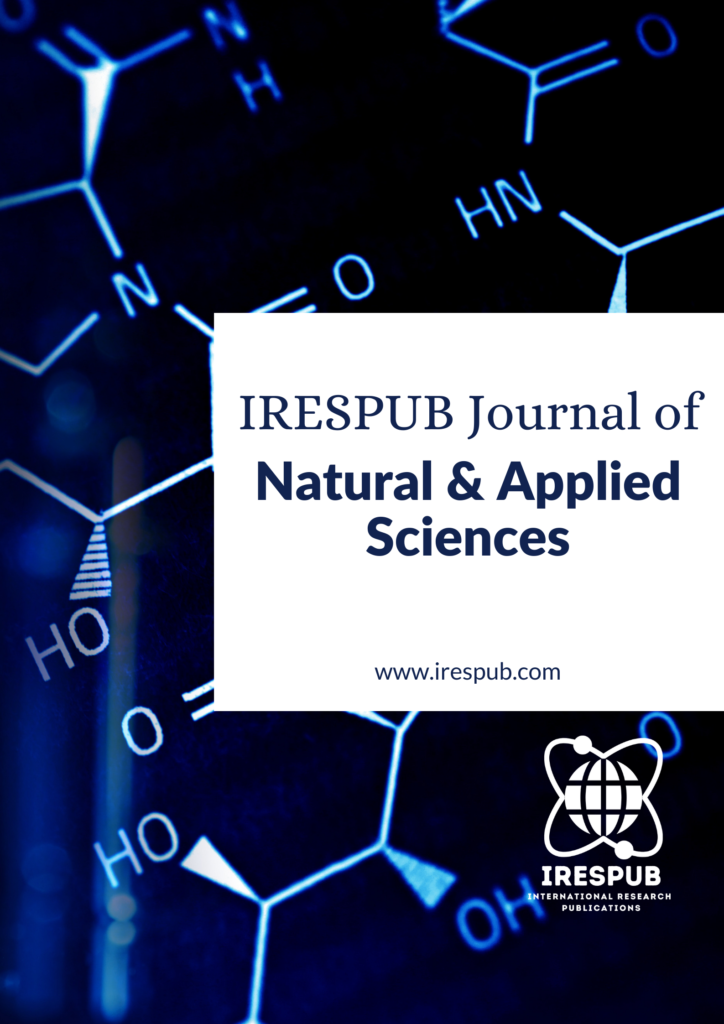
Year Launched: 2021
Journal Menu
- Scope & Research Areas
- Instructions for Authors
- Article Processing Charge
Journal List
- Natural & Applied Sciences
- Life Sciences
- Business Management
- Education & Literature
- Humanities & Cultural Studies
- Medical & Dental Sciences
- Engineering & Computer Sciences
- Agriculture, Food & Nutrition
- Environmental & Material Sciences
- Wellness & Lifestyle Management
- Arts & Ideas
- Law, Policy & Religion
Synthesis, characterization and antimicrobial studies on Schiff base derived from 4-amino-2-hydroxybenzoic acid and 2-hyroxybenzaldehyde and its cobalt (II) and nickel (II) complexes
Volume 2, Issue 1, Mar-Apr 2022 | Page 1-7 | PDF (272K) | Pub. Date: March 8, 2022
Author(s)
Musa A.1*, Suraj I.T.2 and Sanusi S.1;1Department of Applied Chemistry, Federal University Dutsin-Ma, Katsina State, Nigeria; 2Department of Pure and Industrial Chemistry, Bayero University Kano, Kano State, Nigeria
Abstract
A Schiff base derived from the reaction of 4-amino-2-hydroxybenzoic acid with 2-hydroxybenzaldehyde and its metal (II) complexes of Co (II) and Ni (II) were synthesized. The IR spectral data revealed that the coordination was through the azomethine nitrogen and phenolic oxygen indicating that the Schiff base is bidentate. The molar conductance of the Co and Ni complexes were found to be 25.9 and 15.8 Ω-1cm2 Mol-1 respectively which indicated that, the complexes were non – electrolytes. The decomposition temperature of Ni (II) and Co (II) complexes were found to be 285 and 290 oC respectively, showed that the complexes are stable. The Ni (II) and Co (II) complexes exhibit Magnetic moment values of 1.79 and 5.63 BM, which suggested the complexes, are paramagnetic. Determination of metal: ligand ratio was done using Job’s method of continuous variations. The result showed a metal: ligand ratio 1:2. The biological screening of the Schiff base and its metal (II) complexes were studied against three bacterial and two fungal isolates; Staphylococcus aureus, Escherichia coli and Pseudomonas aeruginosa, Mucor indicus and Aspergillus flavus. Septrin and Nystatin were used as control for the bacteria and fungi respectively. The result revealed that the complexes exhibit higher activities than the Schiff base but lower than the control.
Keywords
4-amino-2-hydroxybenzoic acid; 2-hydroxybenzaldehyde; Schiff’s base; Characterization; Antimicrobial activity
Cite this paper
Musa, A., Suraj, I. T., Sanusi, S. (2022), Synthesis, characterization and antimicrobial studies on Schiff base derived from 4-amino-2-hydroxybenzoic acid and 2-hyroxybenzaldehyde and its cobalt (II) and nickel (II) complexes , IRESPUB Journal of Natural & Applied Sciences. Volume 2, Issue 1, Mar-Apr 2022, Page 1-7
References
[1] Siraj I. T. and Sanusi S. (2021). Synthesis, Characterization and Antimicrobial Studies of Co (II) and Ni(II) Schiff Base Complexes Derived Furfuraldehyde and Sulfamethoxazole, International Journal of Scientific Research in Chemistry (IJSRCH), 6(4): 01-09.
[2] Nabil, R. B, (2010) Application of Schiff base chalate in quantitative analysis; A review Rasanya journal chemistry, 3(4): 660-670
[3] Aliyu H.N and Ado I. (2011). Studies of Mn (II) and Ni (II) complexes with Schiff base derived from 2-amino benzoic acid and salicyladhyde, Bayero journal of pure applied science 23(1): 9-16
[4] Yiase, S.G., Adejo, S.O., Gbertyo, J.A., and Edeh, J., (2014). Synthesis, characterization and antimicrobial studies of salicylic acid complexes of transition metal. IOSR Journal of applied chemistry (IOSR-JAC). 7 (4): 4-10
[5] Jayendra Patole, Dipti Shingnapurkar, Subhash Padhye and Colin Ratledge. (2006). Schiff base conjugates of p-aminosalicylic acid as antimycobacterial agents. Bioorganic & Medicinal Chemistry Letters. 16(6): 1514-1517. https://doi.org/10.1016/j.bmcl.2005.12.035.
[6] Yusha’u and Salisu F.U. (2011). Inhibition activity of detariummicrocarpum extracts on some clinical bacterial isolates, Biological and environmental science journal for the tropic. 8(4): 113-117
[7] Asharaf M.A., Muhmud., K., Abdul W., (2011). Synthesis characterization and biological activity of Schiff base. International journal conference on chemistry and process, IPCBEE LACSIT, Singapore, 10: 256-264
[8] Szafran Z., Pike R.M., Singh, M.M., (1991). Micro scale Inorganic chemistry, Wiley, New York. 140
[9] Housecraft, C.E., sharpe, A.G, (2008). Inorganic Chemistry, 3rd edition, Pearson Education Ltd, harlow, England, 637-682.
[10] Vogel, A.I. (1972). A Text-Book of Quantitative Inorganic Analysis Including Elementary Instrumental Analysis. 3rd Edition, Longman Group Ltd., London, 402-404.
[11] Bharti J. Suman, M. Neha, S. (2013) Synthesis, characterization and antibacterial studies of Co (II) and Fe (II) complexes with sulfamethoxazole Schiff base. Asian journal of biochemical and pharmaceutical research 3 (3): 152-158

